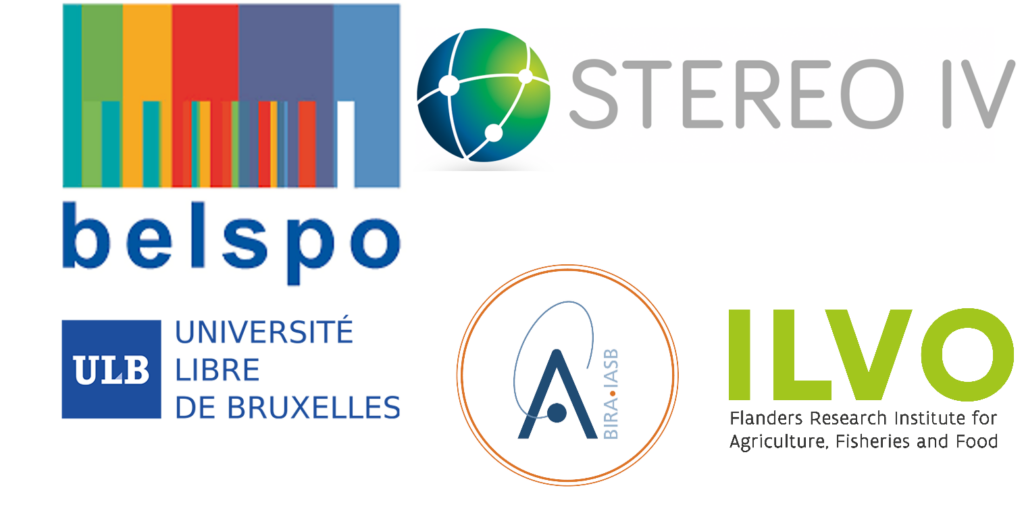The BEAM (BElgian Ammonia assessed using innovative Multiscale Measurements and Modelling) is a project funded by BELSPO (STEREO IV) which aims at reducing ammonia (NH3) emissions, improve inventories, and supports policies to mitigate nitrogen’s environmental impacts.

Ammonia (NH3) is one of the most important gaseous pollutants, contributing to the formation of secondary inorganic aerosols and, upon deposition, being highly detrimental to the environment. Despite its significance, knowledge of its emissions remains subject to large uncertainties.
The Beam project, proposed by the Université Libre de Bruxelles (ULB), the Royal Belgian Institute for Space Aeronomy (BIRA-IASB) and the Flanders Research Institute for Agriculture, Fisheries and Food (ILVO), has many objectives and can be listed as:
- Development of an NH3 dataset at high spatial (6-7 km) and temporal (daily, every 30 minutes) resolution over the entire European domain, based on observations of the IRS satellite sounder
- Characterization of the NH3 spatio-temporal variations over Europe, from seasonal to diel variations and from the country to the regional scale
- Regional survey of NH3 at hyperspatial resolution (below 5 m) over key sites in Belgium and/or the Netherlands in order to provide constraints on NH3 vertical profiles
- Characterization of local source contributions to point source measurements
- Identifying strengths and weaknesses of models in simulating the spatio-temporal distribution of NH3 and related compounds
- Deriving a highly resolved top-down emission inventory over Belgium and the Netherlands
- Establishing NH3 trends (2008-present), and assessing their causes and estimate their consequences for air quality and NHx deposition over Belgium and the Netherlands
- Quantifying the contributions of NH3 and NOx emissions to nitrogen deposition over Belgium and the Netherlands
- Validation of BEAM datasets and main findings
The results of this project will directly enhance the accuracy of Belgian emission inventories and, on a broader scale, improve top-down emissions estimates derived from current (IASI, CrIS) and future satellite sounders (IRS, Nitrosat). Furthermore, the tools developed will strongly support policy making efforts aimed at mitigating the environmental impacts of agriculture and nitrogen pollution in Belgium.
